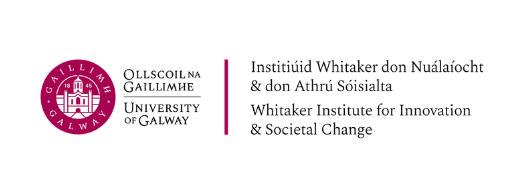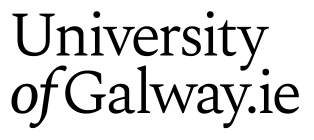Physical distancing has been a critical part of the global response to the spread of COVID-19. Can a new project help us to better understand what helps and what hinders physical distancing and inform how best to communicate about the need for current and any future relaxed distancing measures?
Dr Gerry Molloy from the School of Psychology is leading a project on the topic. The evidence collected during the current pandemic shows that the transmission rate is significantly reduced following intensive physical distancing measures.
However, the evidence also indicates that adherence to distancing recommendations has been poorer than adherence to other key transmission reduction behaviours such as hand washing.
“Collectively we have done very well with keeping apart in the early stages of the pandemic and we can see how this has reduced Covid-19 transmission and the related demands on our health services. The initial evidence indicates that maintaining this distancing has been very challenging for many people, particularly for those facing difficult personal, social and working conditions. Therefore we need to better understand what will help people achieve the required level of distancing and how we communicate about the need for further measures, particularly if we go through a cycle of relaxing and reinstating physical distancing over the next year.” – Dr Gerry Molloy.
Dr Molloy will explore the complex range of reasons that are likely to predict why people do not or only partially adhere to the physical distancing recommendations. To give context, he refers to the concept of Behaviour Change Wheel Intervention framework in psychology, popularised by experts from University College London.
“In essence, there are many personal and structural factors that play into a person’s response to the distancing requirements, but they can be summed up by capability, opportunity and motivation,” – Dr Molloy.
This project will address three questions:
1. What are the psychosocial determinants of physical distancing for the general public and for sub-groups (e.g. young adults, older adults)?
2. Do current HSE Covid-19 distancing communications address determinants of distancing?
3. How can communications be optimised and tailored to sub-groups to ensure maximum adherence to guidelines?
The project will work closely with the iCARE international study led by colleagues (Professor Kim Lavoie at the University of Quebec at Montreal)— of which NUI Galway is already a part. The study is a large online global survey of public responses to measures established to reduce and slow the spread of COVID-19, including physical distancing.
“We will analyse Irish data, comparing it to data from other countries, to identify the key psychosocial determinants of physical distancing behaviour. This will be followed by a qualitative study to explore the psychosocial determinants of physical distancing, and how these differ across population sub-groups.” – Dr Molloy.
Finally, the project will conduct a behaviour change technique analysis of the content of current Department of Health and Health Service Executive messaging around distancing, to ensure the findings from this research feed into the development of ongoing communication and future messaging.
Professor Molly Byrne, Director of the Health Behaviour Change Research Group at NUI Galway, is a member of the project team and also a member of the National Public Health Emergency Team (NPHET) COVID-19 Subgroup on Behavioural Change
This link will ensure that the findings from our work will inform and impact on development and refinement of relevant public health policy and communications.
Other members of the core project team include Ms. Laura O’Connor, Dr Hannah Durand, Professor Brian McGuire, Professor Molly Byrne and Dr Jenny McSharry.
Project collaborators include Dr Oonagh Meade, Dr Chris Noone, Professor Kim Lavoie, Dr Rob Mooney (Department of Health) and Dr Kate O’Flaherty (Department of Health).
Funded by

Project Partners
iCARE international study led by colleagues (Professor Kim Lavoie at the University of Quebec at Montreal)

